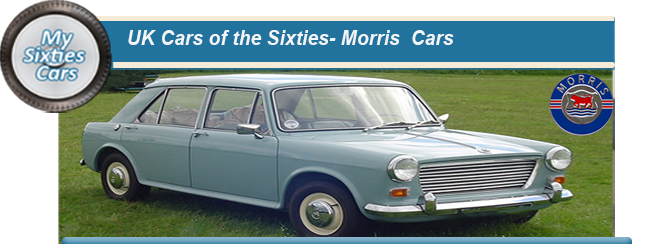
Morris, who went on to become Viscount Nuffield, despite his humble beginnings, showed an interest in all things mechanical from a very early age.
Morris put his engineering and entrepreneurial talents to full use, founding Morris Cars who went on to become one of the leading car manufacturers of the Twentieth Century.
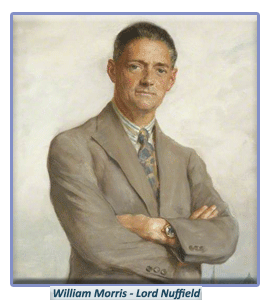 Beginning his career in business as a partner in a modest cycle manufacturing company, always ambitious, Morris's strong entrepreneurial spirit saw him diversify into a number of other enterprises.
Beginning his career in business as a partner in a modest cycle manufacturing company, always ambitious, Morris's strong entrepreneurial spirit saw him diversify into a number of other enterprises.
Among them was operating a taxi and hire-car service in Oxford, as well as acting as a sales and service agent for the county Oxfordshire for some of the UK's leading car manufacturers.
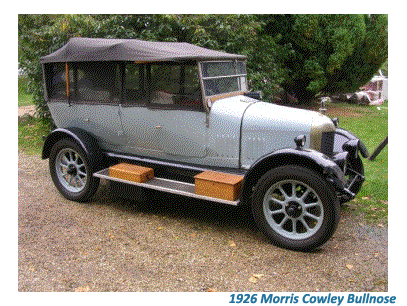 Among the companies that Morris represented were Humber, Singer, Standard, and Wolseley cars, as well as at least two, now long since defunct, motorcycle manufacturers.
Among the companies that Morris represented were Humber, Singer, Standard, and Wolseley cars, as well as at least two, now long since defunct, motorcycle manufacturers.
By 1913, while he was just in his mid-Thirties, William Morris might well have been satisfied with all that he had achieved in the world of business.
However, Morris had other plans, and might big ones at that, to enter into the world of production.
William Morris’s marketing strategy was simple - to produce small to medium saloon cars, finished to a high standard but at a competitive price.
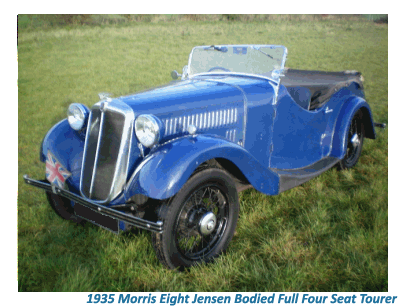 In those days in the UK, car manufacturers designed their vehicles and assembled them for components supplied by specialist manufacturers.
In those days in the UK, car manufacturers designed their vehicles and assembled them for components supplied by specialist manufacturers.
 Usually, a different manufacturer would provide the engine, another the transmission and another the chassis as well as the variety of other parts that go into making a motor vehicle.
Usually, a different manufacturer would provide the engine, another the transmission and another the chassis as well as the variety of other parts that go into making a motor vehicle.
Morris set standards that were very high from his suppliers while insisting on extremely keen prices.
In return, Morris was prepared to commit to buying in bulk, so confident was he that his cars would sell. ![]()
By working closely with sub-contractors, Morris was capable of producing in quantity without investing capital in the costly development or tooling stages.
From the earliest days, the Morris formula seemed to be working, and within one year, the one thousandth Morris car had rolled off the assembly line at Oxford.
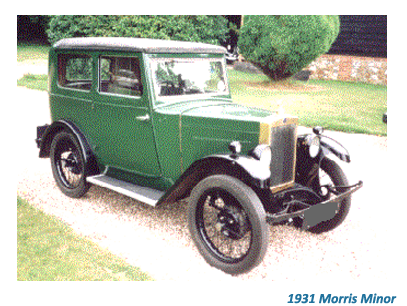 After resuming activities at the end of World War One, Morris began to enjoy tremendous success, during the Twenties and Thirties in what was becoming a battle of the big guns, in particular, Ford and Austin.
After resuming activities at the end of World War One, Morris began to enjoy tremendous success, during the Twenties and Thirties in what was becoming a battle of the big guns, in particular, Ford and Austin.
In 1926 William Morris established Morris Motors Ltd., initially to consolidate his manufacturing activities, absorbing companies who had been his principal suppliers, among them Morris Engines Limited (formerly Hotchkiss of Coventry), Osberton Radiators Limited, and body makers Hollick & Pratt Limited.
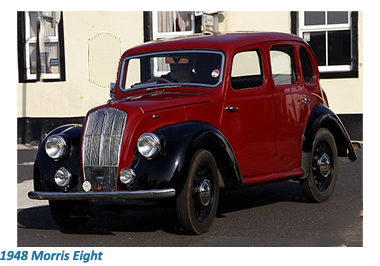 Over the next ten years or more Morris Motors Ltd continued their acquisition/consolidation drive, absorbing several companies, some of which had been privately owned by William Morris, among them car manufacturers MG, Riley, and Wolseley as well as several component suppliers.
Over the next ten years or more Morris Motors Ltd continued their acquisition/consolidation drive, absorbing several companies, some of which had been privately owned by William Morris, among them car manufacturers MG, Riley, and Wolseley as well as several component suppliers.
To be better able to compete, Morris formed the Nuffield Group, which included Morris, MG, Riley, and Wolseley, with these companies collectively responsible for about 50% of the total of production of UK cars immediately before the outbreak of World War II.
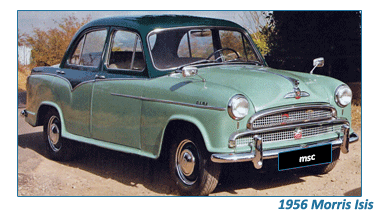 While Morris produced both large and small family saloons, they enjoyed most of their success on the small family car sector, with their Morris Eight and Ten top sellers in the UK during the post-Second World War years.
While Morris produced both large and small family saloons, they enjoyed most of their success on the small family car sector, with their Morris Eight and Ten top sellers in the UK during the post-Second World War years.
During the immediate post-war years, Morris, like most of their competitors, took their time to get back into gear, relying on the pre-war models to meet the emerging demand for new cars.
Issigonis’s offerings had an extremely modern look, which many observers of the UK motoring scene stating that they were well ahead of their time.
![]()
These new models, as well as others that followed from Morris in the early Fifties, sold very well.
At that point, it appeared that the Nuffield Group, with William Morris, then still only in his Fifties, would remain the leading independent UK car manufacturers well into the future.
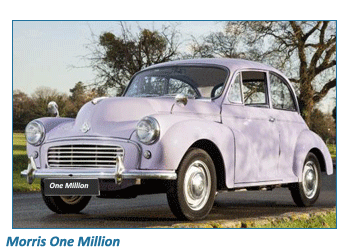 That was the most likely reason why the UK car industry was so shocked in 1952 when news began to break that the Nuffield Group was to merge with their former arch-rivals, Austin, and Austin-Healey to form the British Motor Corporation.
That was the most likely reason why the UK car industry was so shocked in 1952 when news began to break that the Nuffield Group was to merge with their former arch-rivals, Austin, and Austin-Healey to form the British Motor Corporation.
In the process, BMC became the largest car manufacturer in Europe.
With the merger came the almost inevitable interchange of engines and other parts between marques and complete bodies were “badge engineered”, in other words, marketed under another marque's badge after being fitted with a different grille, to make it stand out just a little.
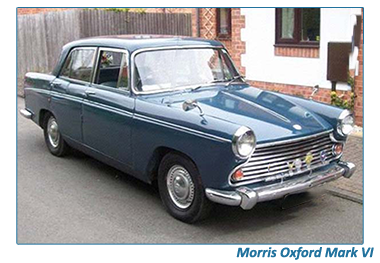 Austin’s firebrand managing director Leonard Lord was handed the almost overwhelming task of running BMC, which largely saw Austin division dominate of the organisation, with Morris Motors' influence within the company become gradually diluted.
Austin’s firebrand managing director Leonard Lord was handed the almost overwhelming task of running BMC, which largely saw Austin division dominate of the organisation, with Morris Motors' influence within the company become gradually diluted.
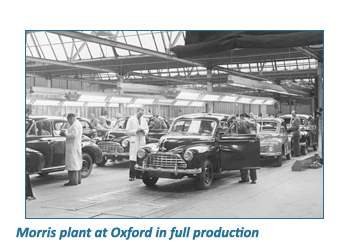 It did not take too long before Austin became little more than an operating subsidiary of BMC, with the Nuffield brands, the fruit of William Morris’s fertile imagination, powerful drive and vision finally fading into history by the late-Sixties.
It did not take too long before Austin became little more than an operating subsidiary of BMC, with the Nuffield brands, the fruit of William Morris’s fertile imagination, powerful drive and vision finally fading into history by the late-Sixties.
As was also the case with Austin, Morris Cars remained a major element within the BMC stratosphere going into the Sixties, with a well-earned reputation going back to the Twenties for producing top quality medium to large size saloons.
By the Sixties, that reputation was becoming sadly tarnished, with just one unique model in their range, the top selling Minor 1000.
The remainder of the Morris range were the Mini, 1100/1300 and the Farina designed Oxford Saloon, all of them " badge copies" of other models produced by BMLC.
Back to the homepage- and don't spare the horsepower.





